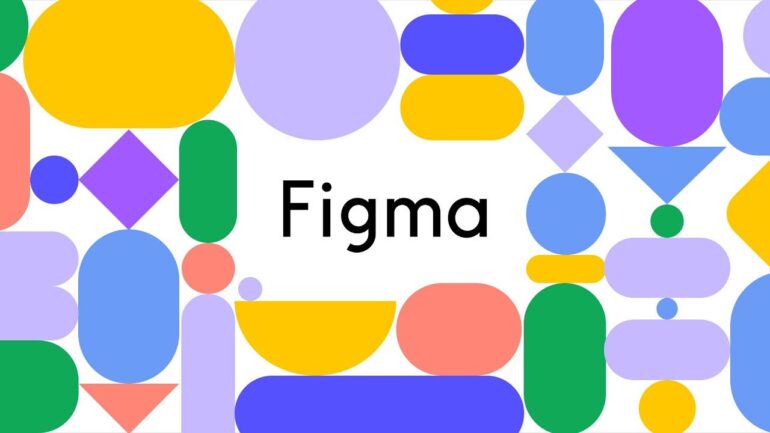TL;DR:
- Figma introduces three generative AI features to enhance FigJam whiteboard tool.
- These features simplify board creation, organization of sticky notes, and automatic summarization.
- FigJam appeals to a broad user base, including non-designers.
- Figma uses OpenAI to customize language models for understanding specific concepts.
- Figma’s move aligns with addressing the challenges of collaboration in the market.
Main AI News:
In the midst of the anticipation surrounding Adobe’s proposed $20 billion acquisition, Figma is far from idle. The innovative startup has unveiled a trio of generative AI functionalities, aimed at enhancing the user experience within its FigJam whiteboard tool. These additions are designed to streamline the initiation and management of projects, making collaboration more efficient and intuitive.
FigJam, Figma’s web-based collaborative whiteboard platform, has garnered substantial acclaim among its user base since its 2021 launch. It leverages a sticky note metaphor to facilitate design work, project collaboration, and idea organization.
Yuhki Yamashita, Chief Product Officer at Figma, stated, “We realized that, as it relates to FigJam, there is really a big opportunity for us to get really creative around enabling people to collaborate and visually reimagine all sorts of meetings and things like that inside of our platform.”
What’s particularly intriguing is that FigJam’s appeal extends beyond its core designer audience. “A lot of people will be surprised, but two-thirds of our weekly active users are not designers,” Yamashita revealed. This broad user base has inspired Figma to devise ways to enhance usability for all.
To address this, Figma turned to artificial intelligence. Their first initiative was the creation of an AI-powered tool to assist in the generation of FigJam boards. The blank canvas can be daunting for newcomers, so Figma’s generative AI tool simplifies the process by generating a new board from a user’s description and a list of required elements, such as calendars and project timelines.
Once boards are in progress, users often rely on digital sticky notes to jot down ideas or tasks. As boards grow, they can become unwieldy, prompting Figma to develop a feature that organizes sticky notes into logical thematic groupings based on subjects or task assignees. Yamashita explained, “One of the things that we are doing is allowing you to sort these stickies. So if a designer ran this big brainstorming session around what stuff we should build or what user problems we should be solving, they could sort those stickies into thematic groups.“
Lastly, Figma introduced a summarization feature, which automatically distills the key takeaways from a board crowded with sticky notes. Yamashita emphasized the value of AI in this context, stating, “This is a really useful way to leverage AI to collect key themes. Whereas before, a [user] might have been taking a lot of time to really synthesize all the sticky notes.“
Figma has chosen OpenAI as its primary language model, customizing it to comprehend Figma and FigJam terminology, such as diagrams and calendar objects. To maintain content integrity, the company is testing a warning system to prevent users from generating harmful or inappropriate content.
According to Chris Marsh, Research Director at 451 Group, Figma’s AI-powered enhancements come at a crucial time, as 71% of employees struggle with collaboration, as revealed in his firm’s recent survey. Figma’s latest features could prove instrumental in alleviating this challenge for new users.
These exciting features will be introduced in an open beta phase commencing today.
Conclusion:
Figma’s strategic integration of AI into the FigJam whiteboard tool is a significant step forward. By enhancing usability and simplifying collaboration, Figma is well-positioned to address the market’s increasing demand for efficient and accessible project management and ideation tools. This move reflects a proactive response to the market’s challenges, particularly in improving collaboration among diverse teams.

